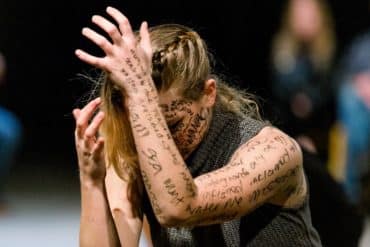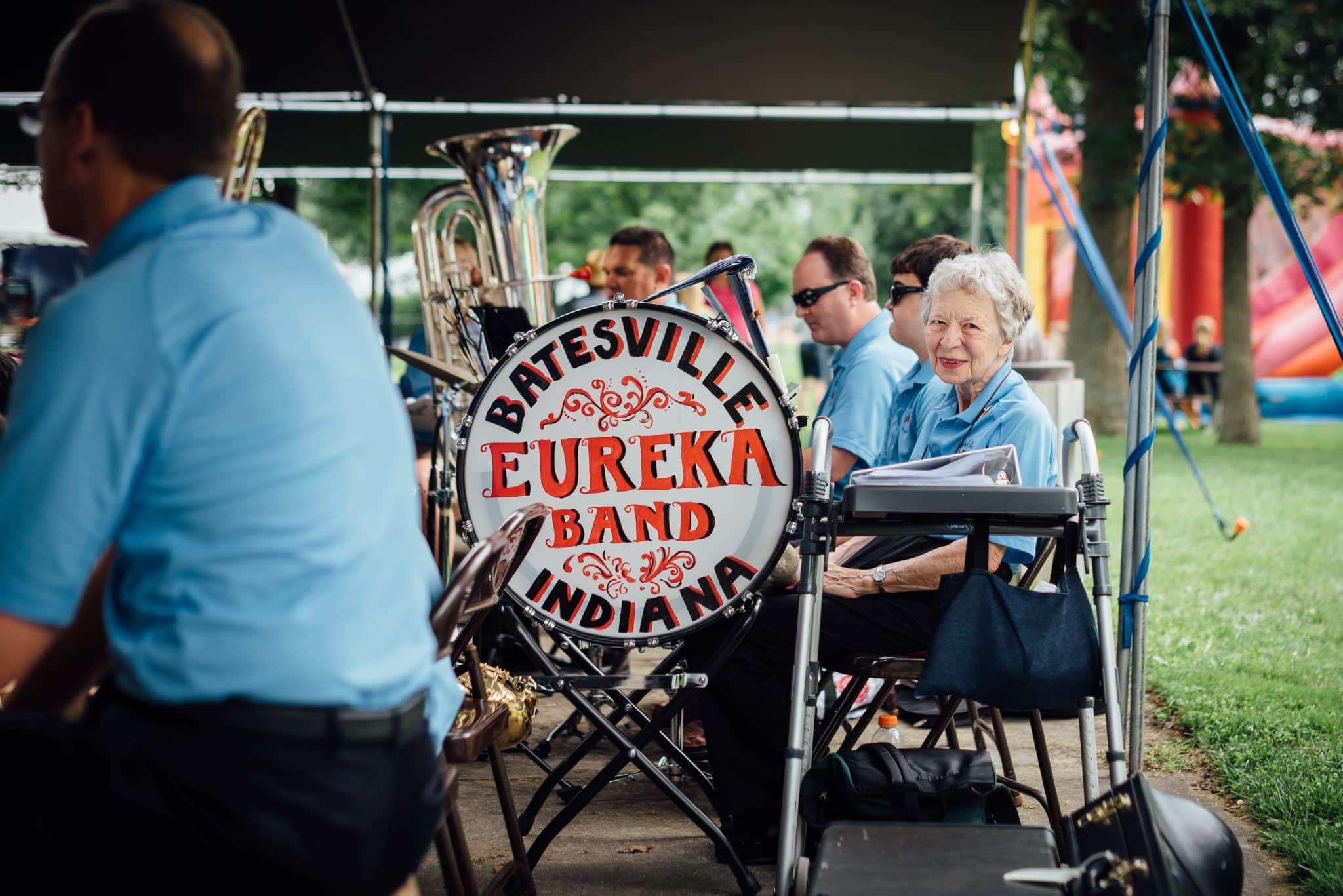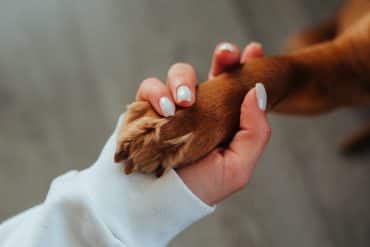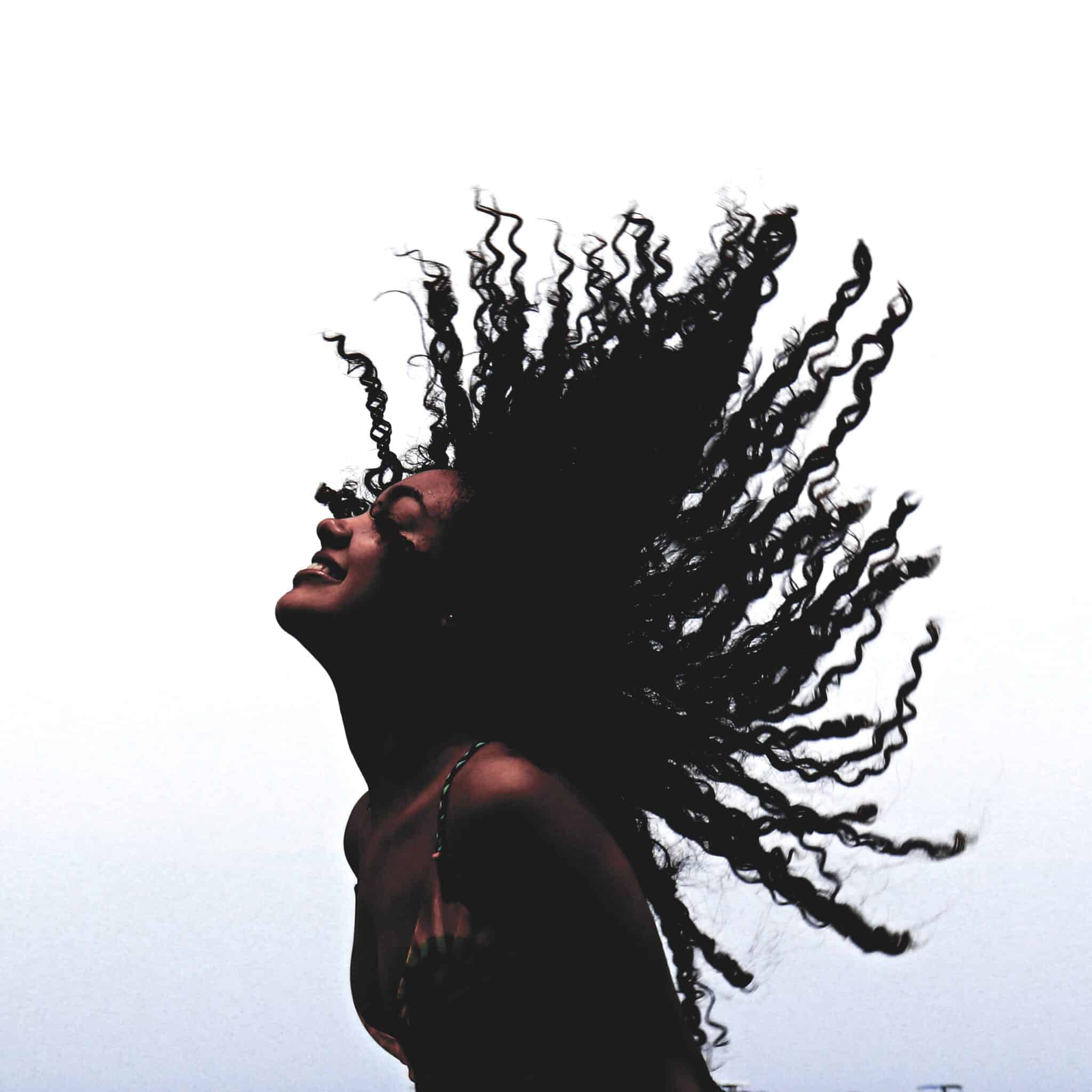Hair and Social Standards: Is Beauty Really in the Eye of the Beholder?
Author’s Memo
Is beauty truly in the eye of the beholder? Perhaps, the beholder’s perception of what is beautiful is, in reality, the internalization of a construct defined (or dictated) by the dominant culture, societal norms, and the beauty industry. This autoethnographic narrative, focusing on a single aspect of appearance, reflects my perceptions of the subtle and not so subtle ways societal and cultural definitions of beauty have influenced my life. It describes how ideas of what is and is not fashionable, as depicted in popular media, can indelibly affect one’s self-perception and identity. In addition, it details the pressures to conform to idealized notions of what is attractive and acceptable and the concomitant costs, both financial and emotional, of conforming to others’ aesthetic standards.

My niece and I are walking through the mall and I’m feeling pretty proud of myself. I’m not the shopper in the family. Everyone else loves to shop. Not me. Nonetheless, a few days ago, my sister volunteered me to take my niece shopping for her junior high school graduation dress. Everyone else was out of town. When my sister sent me on this mission, I was a bit panicked because we had precisely one day to find a dress suitable for graduation. To be honest, I’m not even sure what “suitable for graduation” means. When I graduated junior high school I wore a floor-length white dresses, so pure, so innocent, not a trace of anything even slightly immodest or risqué.
At my nephew’s junior high graduation, a few years ago, some of the girls appeared to be wearing skimpy negligees with stilettos. If negligees and stilettos are now considered “suitable” graduation attire, I knew I was totally unqualified for this assignment. Yet, somewhat miraculously, we managed to find a dress that my niece liked, that fit perfectly. And it was within my sister’s budget. “Done! Done! And done!”
Out of what was perhaps an abundance of caution, we decided the strapless dress needed spaghetti straps. No matter how beautiful she felt in the dress, we didn’t want to raise eyebrows or ruin graduation with any sort of inappropriate wardrobe malfunction. Luckily, the seamstress at Nordstrom’s knew just what to do and could have the alterations ready in an hour. So, we left the dress in her expert hands
We are meandering through the bright, glistening, florescent-lit mall, when we hear, “Do you want to have your hair straightened?” We look over and, in the middle of the mall, a lady is standing in front of a little pushcart selling flatirons.
I am an easy mark. I’m Jewish and was born with very thick, very curly hair. This morning I washed it and let it air dry. So, Medusa-like, atop my head sits a perfusion of coils unconstrained by hairbands or barrettes.
I have always had a love-hate relationship with my ethnic super curly, super frizzy, very big hair. Back in the day, Marcia Brady, the quintessence of teenage girlhood on The Brady Bunch TV show, had straight blonde hair. That is what everyone coveted and admired. But I was stuck with my untamable brown coif, at least until I went swimming. Fully submerged underwater, I witnessed my hair transform as it floated behind me. The water’s magic cast a spell, relaxing my abundant pouf and momentarily transforming my brown frizz into hair that appeared longer, less curly, more acceptable. Yet, as soon as I emerged from the water, the air reversed the transformation and my frizzy curls came back to taunt me.
My mom was born with stick-straight hair. She had no clue what to do with my uncontrollable mane. In fact, she thought my halo of curls was marvelous: my crowning glory. When I was a toddler, she loved that people stopped her on the street to admire my curls. Sometimes they’d ask her if she had permed my hair. She thought that was hilarious, hilarious and wonderful; “Who would perm a toddler’s hair?” she would laugh, as she beamed with pride over my natural Shirley-Temple ringlets. As I grew older, my mom could never understand that the curls she loved, and that others had once admired when I was a young child, were no longer in style.
Then, somewhat miraculously, in high school, I experienced a fleeting reprieve from the fashion outcasts. The fickle fashion czars smiled upon me and in their capricious omnipotence deemed natural curls “the thing.” Much to my surprise and delight, a shorter curly look was no longer considered an eyesore. Although I couldn’t rock Marcia Brady’s straight blond tresses, I could easily emulate the suddenly-stylish brunette nimbus of curls her brothers sported. For what felt like a miniscule interlude, my hair was momentarily chic.
Fashions change; my hair doesn’t. So, the struggle to conquer my coiffure returned unabated. Luckily, I discovered hair gel. Serious, serious, serious amounts of hair gel keep the curls curly and prevent them from totally frizzing out. Some hair gels are too crunchy, some are too flakey. After a great deal of trial and error I found a product that worked well to temporarily tame my bouffant mop.
Then, in grad school, a man I was dating seemed to appreciate my unfashionable pre-Raphaelite hairstyle. This was gratifying until he shared a story about the day his ex-wife came home with her curly hair cut short.
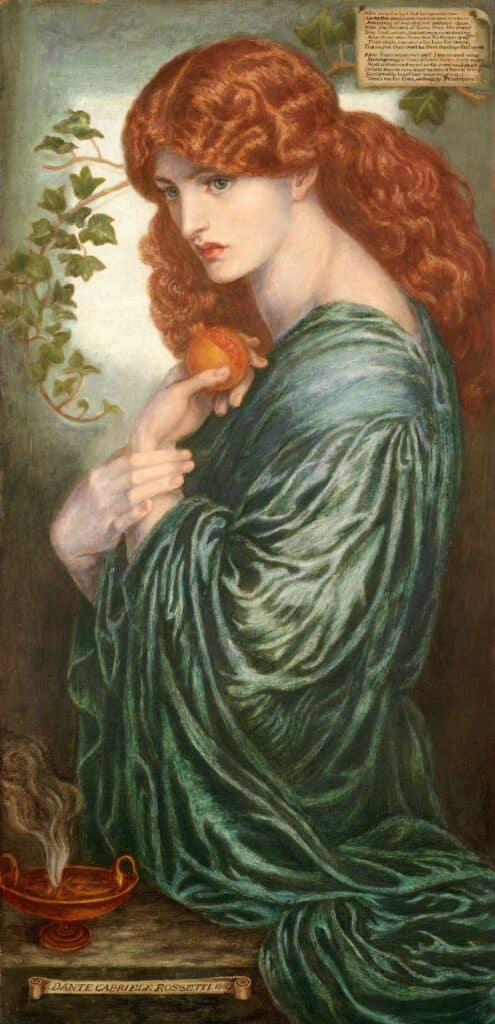
by Dante Gabriel Rossetti
“She didn’t ask me!” he whinged.
“What?” I asked, appalled.
It took me a moment to process what he had said. “Did this professed feminist think a woman needed to ask a man’s permission to cut her hair?” I wondered. I did not utter this thought because his message was clear. He viewed her haircut as a serious betrayal and her shorter hair as unattractive, both further alienating his already waning affections. Afraid of a similar fate, I let my hair, like our relationship, grow longer and more and more unmanageable.
The day after I broke up with him, I got my hair cut. “You cut that man right out of your hair!” my friend teased. We laughed. Her words could not have been more true. I felt fierce and free.
Over the years, I found that to make my irrepressible locks look “professional,” it was best not to let my hair grow more than an inch or so beyond my shoulders. I also tried my best to come to terms with my uninhibited shock of shoulder-length poodle fluffiness. My sister and my two nieces have not. Unlike my mother, who still harbors an appreciation for my natural cloud of curls, they repeatedly “suggest” that I get my hair professionally straightened.
Basically, they want me to spend a boatload of time and money to put a boatload of cancer-causing chemicals in my hair. I’m allergic to all sorts of chemicals and, to me, the commitment of time and money is totally absurd. To make matters work, you have to go back to the salon every few months for a touch up to deal with the unsightly curly roots that now terminate in stick-straight strands. Needless to say, this was never going to happen.
“Do you want to have your hair straightened?” the mall lady, pink flatiron in hand, asks again. My niece, who has no affinity for my curls, exclaims, “Yes, you’ve got to do it! You’ve got to!” But, I’m not sure, “I don’t know. Let me think about it.”
“Let me do just a little bit,” the lady offers.
I’m not sure why I’m hesitating. I mean, she’s willing to straighten my hair for free. Of course, it goes without saying she’s hoping that using my voluminous hair for a demo in the middle of the mall will help her sell a flatiron to me, or perhaps to some other passerby. Yet, she insists there’s no obligation. So, what do I have to lose? Besides, we have an hour before my niece’s dress will be ready. So, I give in.
The next thing I know, I’m sitting in the middle of the mall, somewhere between Ann Taylor and Pottery Barn, and this stranger is flat ironing my hair in public. The lady takes a small curly strand and flatirons it. It’s perfectly straight, silky even. I can’t believe it’s my hair. Shoppers start to notice. To be honest, the show is a bit of a crowd-pleaser. People gawk at the transformation of each strand, just like they do at the before-and-after makeovers on TV.
They try not to stare as the lady’s flatiron-magic does the impossible. It tames my untamable hair right before their very eyes. The audience, mesmerized by my miraculous metamorphosis, gazes with admiration. I feel the love. Needless to say, I buy the flatiron. Now, with a little practice, I will be able to work this magic myself. My niece and I agree to keep my new hair makeover a secret from the rest of the family until graduation day.
On graduation day, my family gathers at my sister’s house to take some photos before we head over to the school for the commencement ceremony. When I enter my sister’s home and do “the big reveal,” my family is delighted and amazed. They, too, admire my shiny flat-ironed hair and again I feel the love. I also feel a tremendous amount of pressure to keep up the “straighter” more acceptable look. A few controlled curls, what I like to call “Kate Middleton hair,” are fine. But, in my family and in the genteel New England neck of the woods where I currently live, my natural, kinky, curly hair is not appreciated.
At times, when I’m out and about wearing my new do, so shiny and sleek, I feel like I’m masquerading as a native New Englander, complete with an ancestral lineage dating back to the Mayflower. Yet I am keenly aware that neither my familial roots, nor the roots on my head, reflect Puritan ancestry. To maintain my silky-haired façade, hats, coats with hoods, and umbrellas have become necessities, as even a few raindrops (or a bit of humidity) can instantly reduce my silken tresses into a frizzy mess.
Sometimes, when I have flat ironed my hair to perfection and gaze into the mirror, it’s hard to see the real me: that frizzy-haired Jewish girl from Chicago. Yet, when I step out of the shower, or unexpectedly get caught in the rain without an umbrella, like magic my true, irrepressible, untamable self suddenly appears. And, once again, there I am. If, at that moment, I happen to glance into a mirror, or catch my reflection in a shop window, the Jewish girl from Chicago stares back at me, with crazy curly hair, wild and free.
Credits
Featured Image by Adrian Fernández for Unsplash
Image by Radu_floryn22 for Pixabay
”Proserpine” by Dante Gabriel Rossetti By Birmingham Museums Trust for Unsplash
Learn More
New to autoethnography? Visit What Is Autoethnography? How Can I Learn More? to learn about autoethnographic writing and expressive arts. Interested in contributing? Then, view our editorial board’s What Do Editors Look for When Reviewing Evocative Autoethnographic Work?. Accordingly, check out our Submissions page. View Our Team in order to learn about our editorial board. Please see our Work with Us page to learn about volunteering at The AutoEthnographer. Visit Scholarships to learn about our annual student scholarship competition.
Wendy K. Mages, a Mercy University Professor, is a Pushcart Prize nominee and an award-winning poet and author. To learn more about her and her work, and to find links to her published stories and poetry, please visit https://www.mercy.edu/directory/wendy-mages




